Summaries
Biographies
Artwork
Photographs
7-in-1 Search Engine
SEND EMAIL
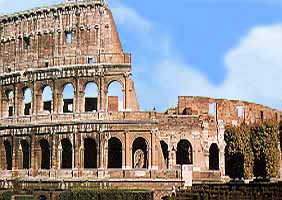 |
Colloseum of Rome Italy (Rome) Remarkably, despite the ravages of nearly 2000 years of weather, wars and urban development, the historic Roman Colloseum stands in its present condition. Up to 50,000 roaring spectators were entertained -- sometimes by gladiators fighting to the death humans and fierce wild animals. |
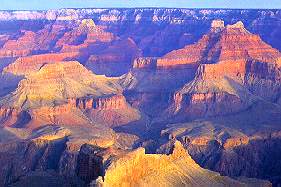 |
Grand Canyon USA (Arizona) "Grand" is an understatement. The immense canyon is up to 29 kilometers (18 miles) wide and over 1600 meters (a mile) deep at its extremes. It took the erosive effects of the Colorado River millions of years to sculpt it. Few natural sites are as awe-inspiring. The view is best from the canyon's south rim. |
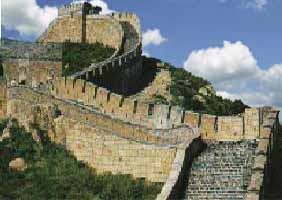 |
Great Wall China (Beijing environs) During its 15th Century heyday, the wall snaked over 6000 kilometers (3700 miles). A million warriors garrisoned it to keep out the "barbarians from the north." The first stone was laid around 500 B.C. and the wall wasn't completed until two millennia later. Although most of the wall is now in ruins, the tourist-site portions have been restored. |
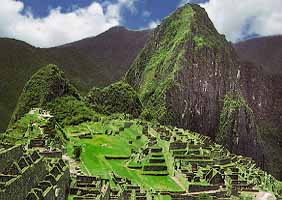 |
Machu Picchu Peru (province of Cuzco) Many travelers believe Machu Picchu (the "Lost City of the Incas") is the world's most dramatic ruins. And what a setting it offers: Vestiges of pre-Colombian Inca temples and palaces daub steep terraces against a verdant mountain peak backdrop in a remote area of Peru. |
 |
Mara Masai / Serengeti Kenya & Tanzania (western) Lions, elephants, rhinos, giraffes, zebras and gazelles abound -- but it's the northward late summer migration of a million wildebeests that amazes travelers the most. National boundaries aside, the Mara Masai (Kenya) and Serengeti (Tanzania) wild animal preserves are a single natural entity. |
 |
Pyramids of Egypt at Giza Egypt (Cairo environs) Whereas the Ancient list includes only Khufu's pyramid, this list embraces all three of the Great Pyramids. They are, from left to right, the pyramids of Menkure, Chephren and Khufu (Cheops in Greek). These mighty pharaonic tombs were built over 4500 years ago. Khufu's pyramid (on the right) doesn't appear to be the tallest in the photo but is -- it's as high as a 37-story skyscraper. |
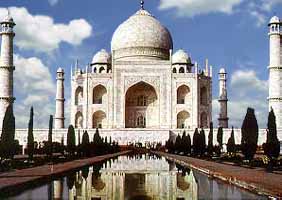 |
Taj
Mahal India (Agra) Many call the Taj Mahal the world's most beautiful building. The grieving ruler Shah Jahan built this mid-1600 tomb for his beloved wife -- and, later, spent the last years of his life in a prison cell with a poignant view of the monument. The white marble surfaces subtly change color over the course of 24 hours. Best viewing times are sunrise, sunset and (especially) full moon. |